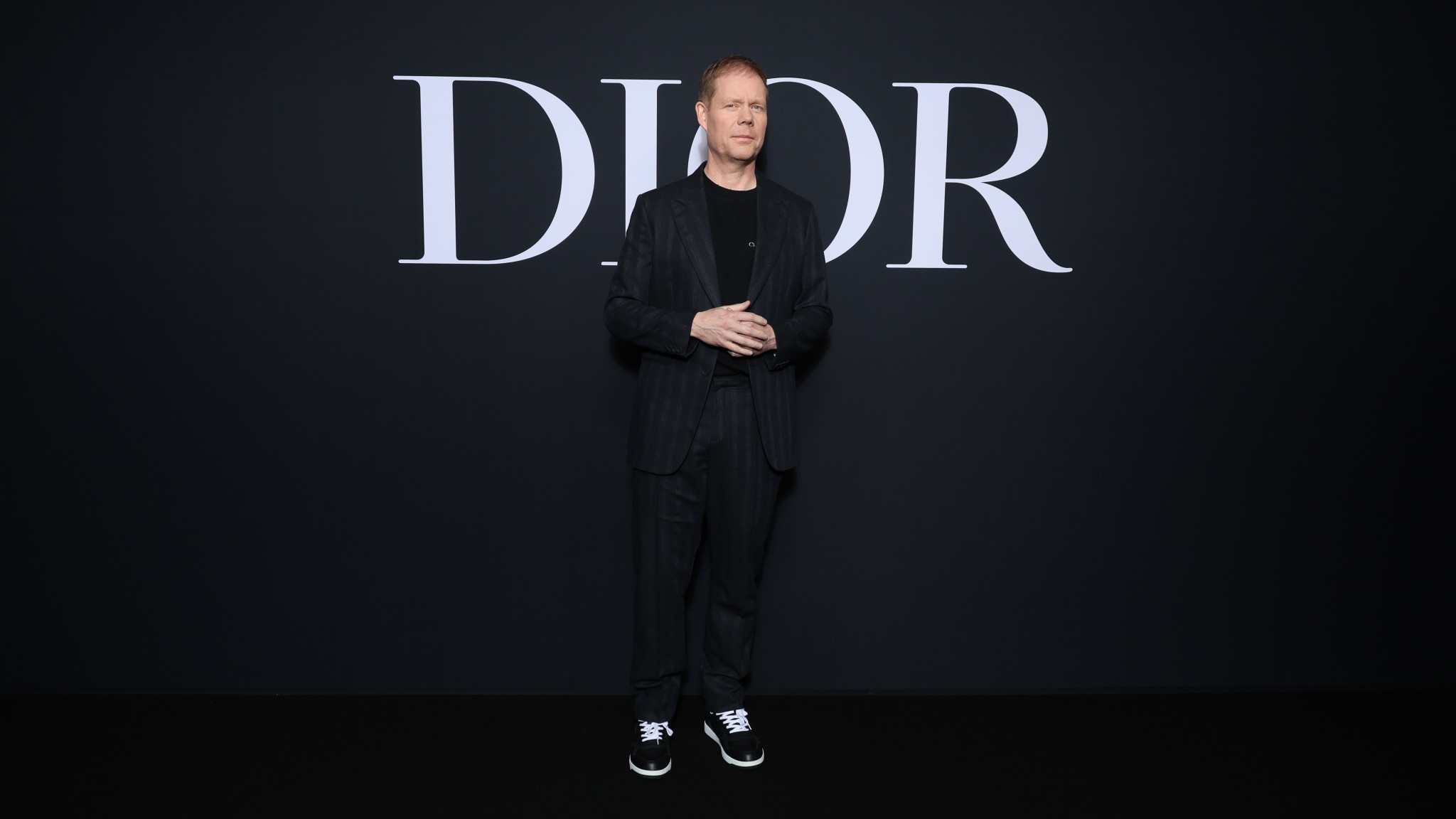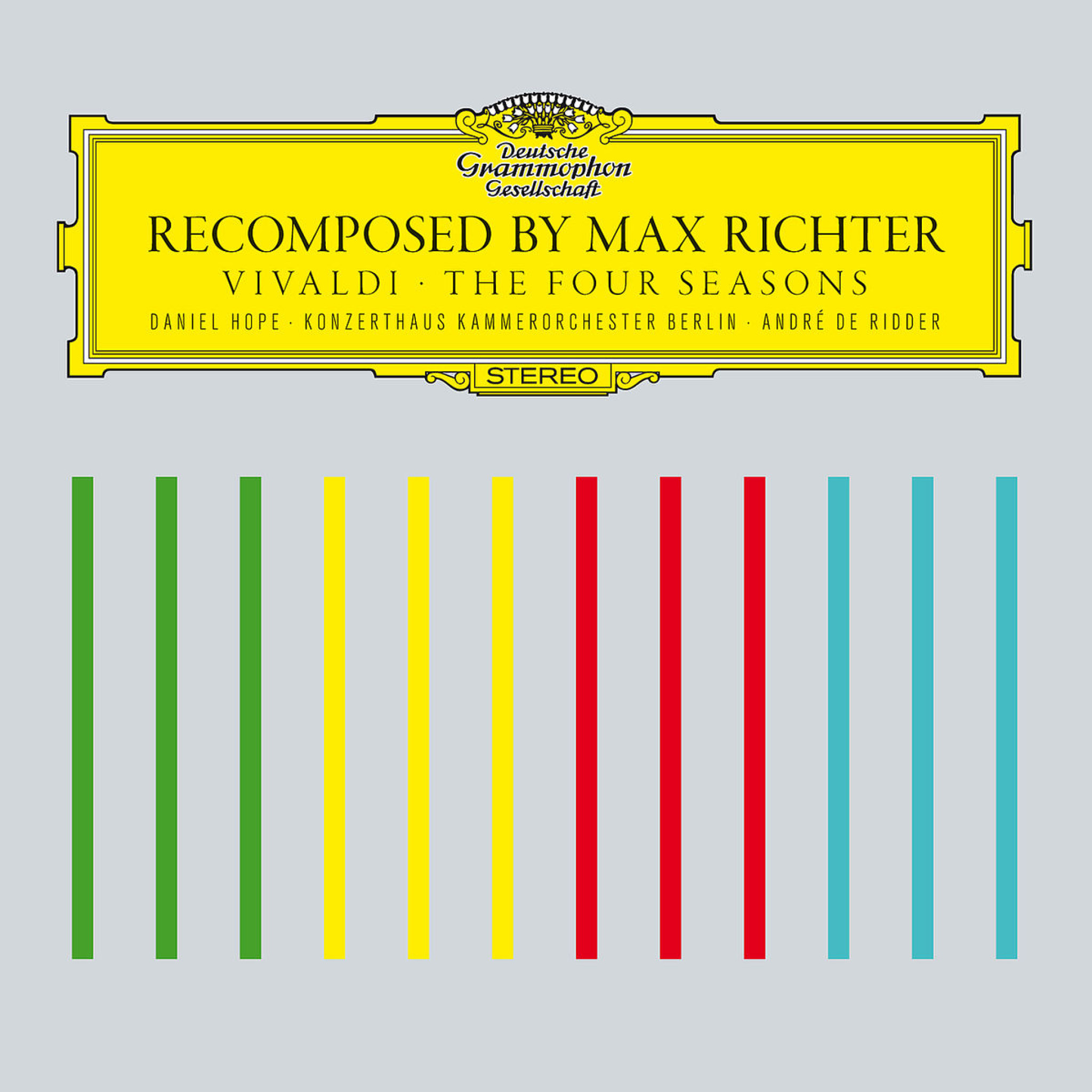“This is what angels sound like when they’re dancing,” reads a comment beneath Max Richter’s official Spring 1 YouTube video, and to me, it’s a poignant, shared sentiment. There’s something undeniably ethereal about the piece, something all-encompassing. I can’t quite remember when I first encountered it, but I distinctly recall the moment I heard Spring 1 woven into John Galliano’s 2024 Maison Margiela Artisanal runway show. The models’ performances were theatrical, their movements exaggerated and almost otherworldly, each step imbued with drama. Their doll-like faces, combined with over-the-top gestures, created a spectacle that felt both from another era and yet strikingly modern. Naturally, my first thought was: What a perfect pairing - a sonic caress, personal but grand.
This led me down a rabbit hole, discovering that Spring 1 had already graced a sizable number of other shows, wrapping itself around each collection like a lover’s touch - or the perfect gown. But how is it possible for one piece of music to fit so seamlessly into so many different worlds, so many diverse visions?
Max Richter’s 2012 re-composition of Vivaldi’s violin concertos The Four Seasons - specifically, Spring 1 has become a staple on catwalks across the spectrum. From Fendi to Valentino to countless others, the piece has carved out its own space in the realm of show soundtracks. And rightfully so.
In many ways, Spring 1 blends all the qualities that the fashion industry craves: Simply put, it’s a translation, a nod to the past without cheapening its legacy, palpable yet delicate. It is emotive, dramatic, and incredibly dynamic. At times, it’s light as a feather, uplifting and joyous; at others, it carries a crushing weariness or even melancholy. A masterclass in versatility, the balance at play is vital to its appeal.
Vivaldi’s original Spring movement opens with a solo violin, accompanied by a second violin, as they mimic birdsong patterns. Richter, however, imagines an entire chorus of birds filling the air. In a 2024 interview with WWD, the British-German composer described the process behind the making as imagining "how it would sound if all the birds in the world flew by at once." That image - the flutter of wings, the rush of nature - is evoked by an intense, impassioned arrangement that amplifies the natural beauty of the original while adding so much more depth and intricacy. The result is a piece that’s familiar, recognizable even, but different enough to require many replays, drawing you in each time and unveiling new textures and layers. Much like that one piece of clothing we all own, elusive in its complexity, no matter how long it’s been in your possession.
It's far from a flat, sterile classical performance. In fact, Spring 1 is as vibrant and enticing as any classical piece you’d hear.
What makes Spring 1 the ideal show soundtrack
The fashion world is, by nature (and nurture), one that thrives on grandeur and drama. And what better way to evoke that sense of scale than through demanding strings? They convey pathos, tension, and intensity in a way few other instruments can. When you listen to Spring 1, you’re pulled into its orbit – you can't ignore it. It feels like it’s asking for your full attention, and you comply, entranced by the rising and falling swells of sound.
In the same way, runway shows are designed to capture attention, making Spring 1 the perfect sonic companion. It speaks to the push-and-pull between the past and the present, the tradition of classical music and its modern understandings. Just as designers seek to reinterpret and modernize classic styles and silhouettes, Spring 1 offers a reinvention of the classical concerto, mirroring the same ethos.
Looking at this, it only seems sensical for an interdisciplinary exchange between musicians and designers to take place: Over the years, Max Richter has developed a strong relationship with the house of Dior and its creative director Kim Jones, who has regularly commissioned his music for runway shows. Jones has spoken highly of Richter, calling him “the greatest living composer,” while praising his music as a perfect emotional partner for fashion. Their collaboration has been particularly memorable, with Richter composing original pieces for Dior runway shows, such as the Fall/Winter 2024 men’s collection, inspired by esteemed dancer Rudolf Nureyev. The pairing between Jones' designs and Richter’s music creates a romantic balance, a harmony of what has been and what's to come - speaking to the power both fashion and music share.
The Appeal of Classical Music in fashion
At first glance, the use of classical music on the runway might seem a bit incongruous with the fast-paced, trend-driven nature of the clothing industry. But in reality, classical music holds a unique place in the spheres of fashion. Classical music as a whole is often perceived as the pinnacle of elegance and refinement - universally accepted as a "top-shelf" genre, sometimes even associated with an unprecedented level of elitism. But frankly, there’s something inherently alluring about that kind of prestige. Especially how to keep it.
Classical music operates within a rigid structure. There are rules, conventions, and traditions that govern it. But this is exactly what makes its re-imagination so compelling. To bend or break the boundaries of classical music is, in itself, an act of rebellion. Max Richter’s work does just that. His re-compositions aren’t simply a cover or a rehash - they are thoughtful, magnifying interpretations that both respect the original and challenge it. By daring to rethink a centuries-old masterpiece, Richter invites us to reconsider what is possible when working with the past and how malleable something seen as so unyielding can truly be. And fashion operates similarly - honoring its legacy while exploring new frontiers. In his quiet, yet profound way, Richters interpretations have become symbolic for this. His music, much like fashion, is about conversion, about change.
The composer has often spoken about the connection between music and other creative fields, particularly the shared storytelling process that binds them. He emphasizes how both music and fashion have the power to alter our perception of the world, each acting as a transformative force. In an interview, he explained:
“It’s always interesting to be around people working in other creative disciplines. We’re all engaged, in a way, in the same process, which is a sort of storytelling process, a process about altering our relationship with the world around us in some way. A piece of music is like a time machine, and also some kind of teleportation system, which can take you somewhere ( … ) I think fashion functions in a similar way, when you’re wearing something beautifully made, very intelligent, very thoughtful… It has a sort of transformative effect.”
In a world where the search for the next big thing often overlooks the value of the old, Spring 1 serves as a beautiful reminder that reinvention doesn’t mean discarding the past - it means embracing it, rethinking it, and taking it into our now.
Phoebe Myers


